
Article contents

The best prepaid travel cards are Wise and Revolut. Although not a prepaid card. They’re both super popular, with low fees, and are easy to sign up and use.
Heading off on an adventure or holiday abroad? Or perhaps a work trip? Making the right decision on travel money can save you a small fortune – and a prepaid travel money card is likely your best option. So without further ado, here’s the best:
Wise tops the list for us. There's a huge range currencies, a great app, and very low fees.
Wise tops the list for us. There's a huge range currencies, a great app, and very low fees.
The best prepaid card you top-up through an app before you spend.



Wise is one of the best travel cards out there. It's super popular, with over 16 million customers around the world.
It's got some of the lowest fees you'll find, and it's available in over 40 currencies and 150+ countries.
The card is contactless, and there's a great phone app (and website) to manage everything too.




Revolut is everything money related in a pack-out app.
It's great for travel. With a Revolut account (and card), you spend abroad and benefit from low fees – and hold and spend multiple currencies at once.
With a paid plan, you'll also get access to airport lounges (at a discount), and there's cashback on future hotel bookings.
Overall, the app itself is great. You can save, invest, transfer money (worldwide), and more. There's even a business account.

Wise tops the list for us. There's a huge range currencies, a great app, and very low fees.
To compare and determine the best travel money cards, we looked at:
There’s lots of options for converting (changing) your money, or spending abroad, such as changing cash in-person at a bureau de change (not recommended), using an ATM, or a credit card or debit card abroad – but a prepaid travel card is often one of the easiest and cheapest options – and you can reuse them for all your holidays in the future, or even on the same trip to different countries, spending different currencies.
We’re big fans of prepaid travel cards here at Nuts About Money, and are only recommending the best – they’re ones we recommend to our friends and family (and readers of course), and use ourselves when we’re able to get away.

So, whichever travel card (from our recommendations) you opt for, you can be confident they’re safe to use, trustworthy, and you’ll be using one of the cheapest options available.
If you’re heading off to Europe for a bit of a getaway, you’ve got loads of options when it comes to a prepaid travel card – just make sure you don’t use your current bank account and debit card – you’ll be charged hefty fees (we’ll cover all of this below).
Anyway, the best travel card for Europe is Wise¹ – it’s easy to use, just link it to your existing bank account and spend away. Money comes out of your bank account like normal (it's just the fees are a lot lower).
A prepaid travel card is similar to a bank card (debit card) that you might use for all of your spending in the UK, except instead of your money coming directly out of your bank account, you’ll top it up with money beforehand (or during your trip) – meaning you’ll simply send Pounds (GBP) from your bank account directly to the card (account).
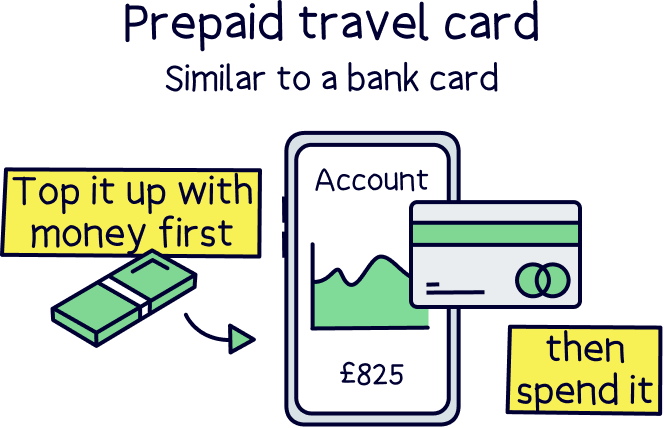
Note: you can send it back if you don’t spend it all.
Once the card has been 'topped-up', you can spend it abroad and withdraw cash from an ATM (cash machine), (e.g. Euros if you’re heading to Europe), meaning that you can save a lot of money in hidden fees and bad exchange rates – and these fees can really add up.
Why? Typically using your high street bank card abroad will mean a fee every time you want to use it, and your money will need to be converted into the local currency every time you use it too – usually at a very bad exchange rate that the bank sets (which often includes a hidden fee).
The prepaid travel cards we've listed above give you the freedom to spend like a local, and not worry about the cost. They’re pretty great.
With prepaid travel cards, you can actually store a range of different currencies in your account, it doesn’t have to be just one. And for this reason they’re often also called a multi-currency card, or a foreign currency card.
With Wise¹, there’s actually over 40 different currencies you can store, and of course, spend.
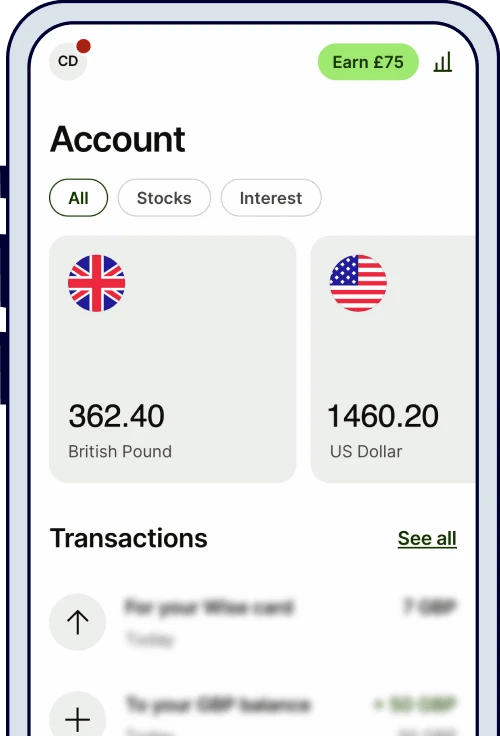
And normally, if you don’t have the particular currency you want to spend, the card will automatically convert another currency in your account to the currency you need when you spend. Pretty cool.
The best prepaid currency cards we’ve listed above are some of the best wherever you are in the world, for changing one currency to another, and spending in a different country. And all great if you’re from the UK travelling abroad.
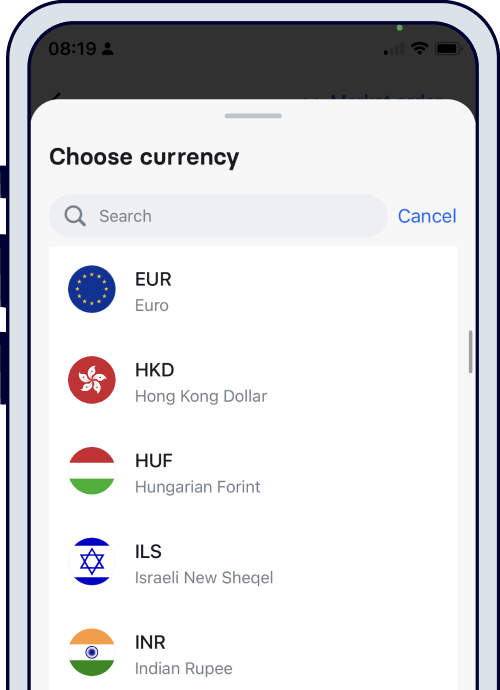
Let’s run through the pros and cons of using a prepaid card:
A prepaid currency card isn’t your only option, but it’s definitely one of the cheapest (especially with one of the top prepaid travel money card providers). You could also change cash before you go (very expensive), or use a credit card or debit card designed for foreign currency spending (don’t just use any credit or debit card, they can be expensive!).
But with those, you’ll need to do a full application with credit checks, and open a whole new bank account for a debit card. There’s not really much benefit vs a prepaid card (unless you’re travelling a lot, or in the market for a new bank).
Although you’ve likely heard of an exchange rate, which is how much you get in another currency when you swap (exchange) your Pounds for them (e.g. Pounds for Euros) – depending on where you exchange your money, this rate can vary wildly.
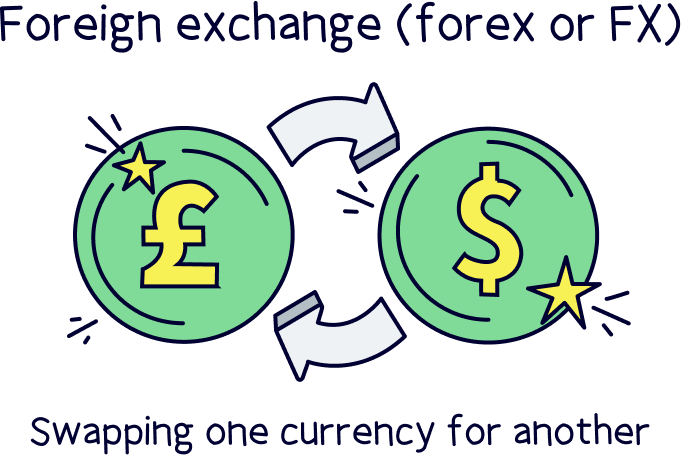
Typically banks and other foreign exchange places tend to set their own exchange rate, which is much worse than the real exchange rate… (it’s how you can often see commission-free advertised, but it’s not really, there’s a hidden fee in the exchange rate).
The real exchange rate (used worldwide) is called the mid-market rate, and this is the rate that banks themselves use to swap money (also called the interbank exchange rate), without any hidden fees involved. It is the rate the ‘market’ sets – where buyers and sellers come together.
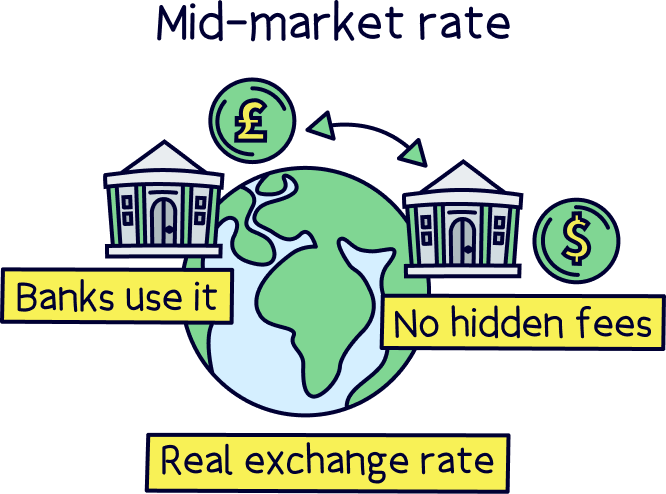
Technically the mid-market rate is the middle of the buy and sell prices of two currencies (e.g. Pounds to Euros), and so it effectively represents the current exchange rate.
So, if a travel money company isn’t using the mid-market rate (they might say interbank rate), you’re not getting the ‘real’ exchange rate, and you’ll be paying a hidden fee.
In Europe, the European Central Bank (an organisation that is intended to look after the finances of all the countries in Europe that use the Euro, similar to the Bank of England in the UK), set an exchange rate too, called the European Central Bank rate.
You could think of this as another official rate, just for Euros, although you’ll never actually be able to get this rate – but the closer to it, the more money you’ll save.
There’s also something called the Mastercard rate, which as you’ve probably guessed, is the rate the company Mastercard sets – they’re a very big company who provides cards for banks and other financial companies for their customers to use (e.g. a bank debit card). Another similar company is Visa.
And similar to the mid-market rate, they set an exchange rate which is set on their cards for foreign exchange.
They take a small fee within this rate, so it will always be slightly higher than the mid-market rate. And, companies using Mastercard services (e.g. to give their customers cards), can choose to either add their own fee on top, or add no fees and pass on the exact exchange rate.
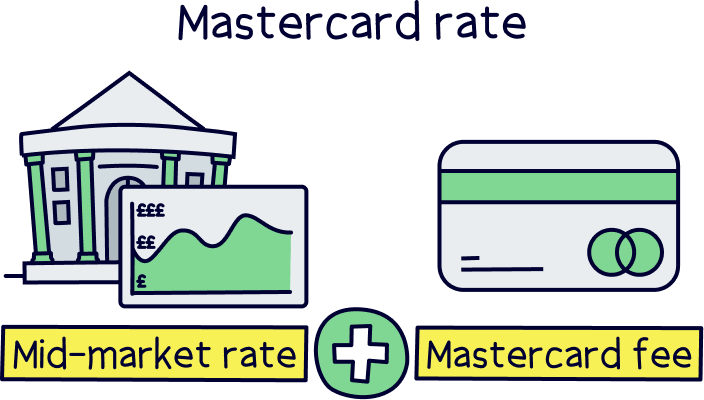
So, if you see a bank saying you’ll get the Mastercard rate, that means they haven’t added any extra fees and are passing the lowest rate possible they can get (with Mastercard) onto you.
This rate will be one of the cheapest you'll be able to get. Just make sure they haven't added any commission on top.
The topic we’re all here for, how much do you actually pay with prepaid travel cards? We’ve covered the exchange rates above, and typically this is the main fee you’ll pay (if there is a fee hidden in the exchange rate).
However, there are some other fees to be aware of, depending on which card you choose, let’s run through all the foreign exchange fees:
Note: with prepaid cards you don’t typically get charged a fee to spend money (often called foreign transaction fees), these are more common on credit cards and with banks.
As mentioned above, there’s always a fee within the exchange rate, whether it’s hidden or not. Normally, you’ll see this as the mid-market rate, interbank rate or Mastercard rate plus a certain amount on top (e.g. the mid-market rate plus 1%).
Some card providers will let you withdraw cash for free from an ATM (cash machine), some have a limit on how much you can withdraw for free per month (or a maximum number of transactions before there’s a fee), and others have no limit but will charge for every withdrawal.
This can range from a fixed fee per withdrawal (e.g. £1), to a percentage of the amount you take out (e.g. 2%), or a combination of both.
Producing an account and a card can involve a lot of admin and of course actually producing and printing the card and delivery, so a travel money card provider will often pass this fee onto you – so they can cover their costs if you don’t end up using the card.
This is normally around £5-10, although with some companies it can be free, but there’s normally conditions such as topping up your card beforehand.
Note: if you lose your card, you’ll often have to pay a card replacement fee too. This is typical with all cards, even our recommended options.
With some cards, there can also be an inactivity fee, which is a fee for not using the card after a certain period of time. This is normally after 12 months, and a fee per month of around £2 per month.
Note: the best cards we recommend above don't have this fee. You can leave them for as long as you like (until your next holiday).
The great news is it’s super easy to get a prepaid travel card – it’s not like applying for a bank account or a credit card, you can get set up within a few minutes and the card can arrive the next day.
All you’ll need to do is decide which travel card you’d like (scroll up or click to see our recommended prepaid travel cards), they all have low fees and easy to use apps for managing your money, and then fill out a few details on their website (or app), prove you are who you say you are with your passport or driving licence, and that’s it.
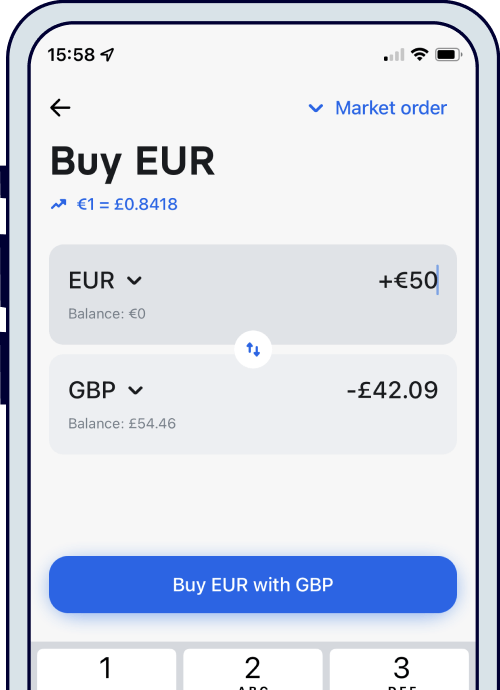
You’ll need to transfer some money (also called ‘load money’) over from your bank account, or deposit via a debit card, and that’s it. You can start spending online straight away (you can also add your card to Apple Pay or Google Pay) – or wait until your card arrives in the post to start spending on that.
It literally couldn’t be easier.
Yep, it’s perfectly safe to use a prepaid travel card.
The company giving you the card will need to be authorised by the Financial Conduct Authority (FCA), who are the people making sure financial companies are looking after you and your money.
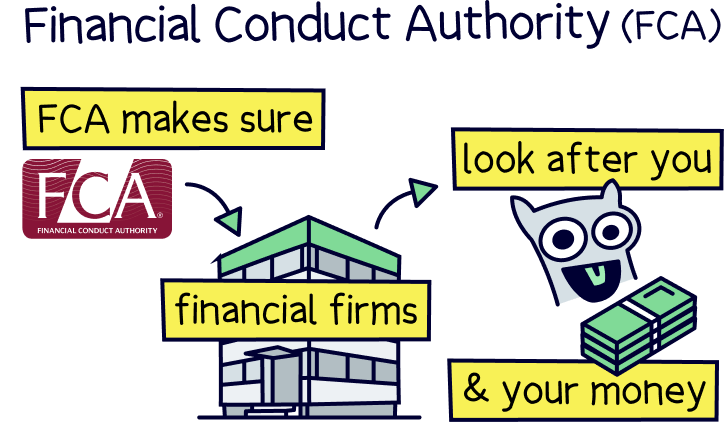
Your money will also be held in a bank account with a very large bank (e.g. Barclays), completely separate from the company’s own money. So, if anything happened to the company such as going out of business, your money could only be returned to you.
Using a card is also much safer than taking out cash when abroad, and keeping cash in your hotel room (or your sock). There’s lots of safety features such as being able to freeze your card (so it temporarily can't be used) and protection from fraudulent transactions if your card was lost or stolen – which you can often do immediately within an app on your phone.
That’s all there is to it. Pretty simple right? You can get a prepaid travel card in just a few minutes, and the card can turn up the next day – you’ll benefit from saving a small fortune on your spending money abroad. Plus, it’s much safer than travelling with cash.
You can also use your card in a huge range of shops, bars and restaurants, just as you would in the UK (with contactless), and withdrawing cash from an ATM can be easy too.
If you want a reminder of our recommendations, scroll up or click the best travel cards.
And there you go, that’s your travel money sorted, all that’s left is to enjoy the holiday!
Wise tops the list for us. There's a huge range currencies, a great app, and very low fees.
We’d love to hear from you, and it will help others too.
Wise tops the list for us. There's a huge range currencies, a great app, and very low fees.